By Evelyn Nguyen, Mar 17, 2025
Sapa, located in Vietnam's Northwest, is the perfect getaway for travelers who adore nature, culture, and adventure. It's a place where you can explore the charm of Sapa town, wander through the lively Bac Ha Market, conquer the majestic Fansipan peak, enjoy mouthwatering local barbecue dishes, or unwind in the rejuvenating Red Dao herbal baths.
So, stay tuned for more from Incredible Asia Journeys, where we'll share the best time to visit Sapa, must-see places, exciting activities, and easy travel tips for planning your Sapa tours & excursions.
Like most northern mountainous provinces, Sapa has four distinct seasons: Spring, Summer, Autumn, and Winter respectively.
Spring, from mid-February to mid-May, is adorned with blooming flowers and mild temperatures. Here is the optimal time for traveling to Sapa to see the beautiful flowers and explore the lunar new year of ethnic communities living in Sapa.
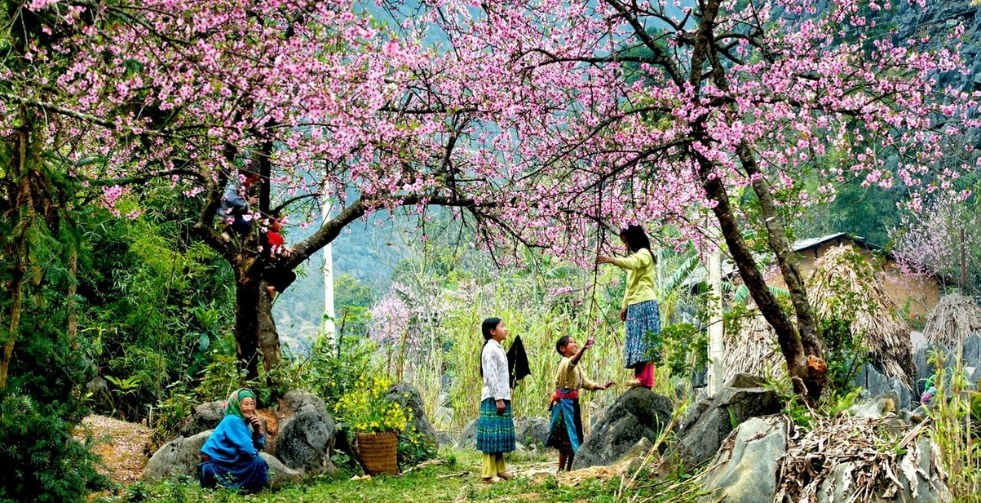
Sapa in Spring
Summer, from mid–May to mid-September, sees warmer weather with occasional showers, which turn the landscape lush and vibrant. This is also a good time to visit Sapa, join in Summer Tourism Festivals in the square of Sapa Town and explore the traditional culture of ethnic groups.
Autumn, from mid-September to Early December, offers clear skies and cool, pleasant weather. Making it an ideal time for trekking tours in Sapa, perfect for outdoor activities and exploring the golden rice terraces.
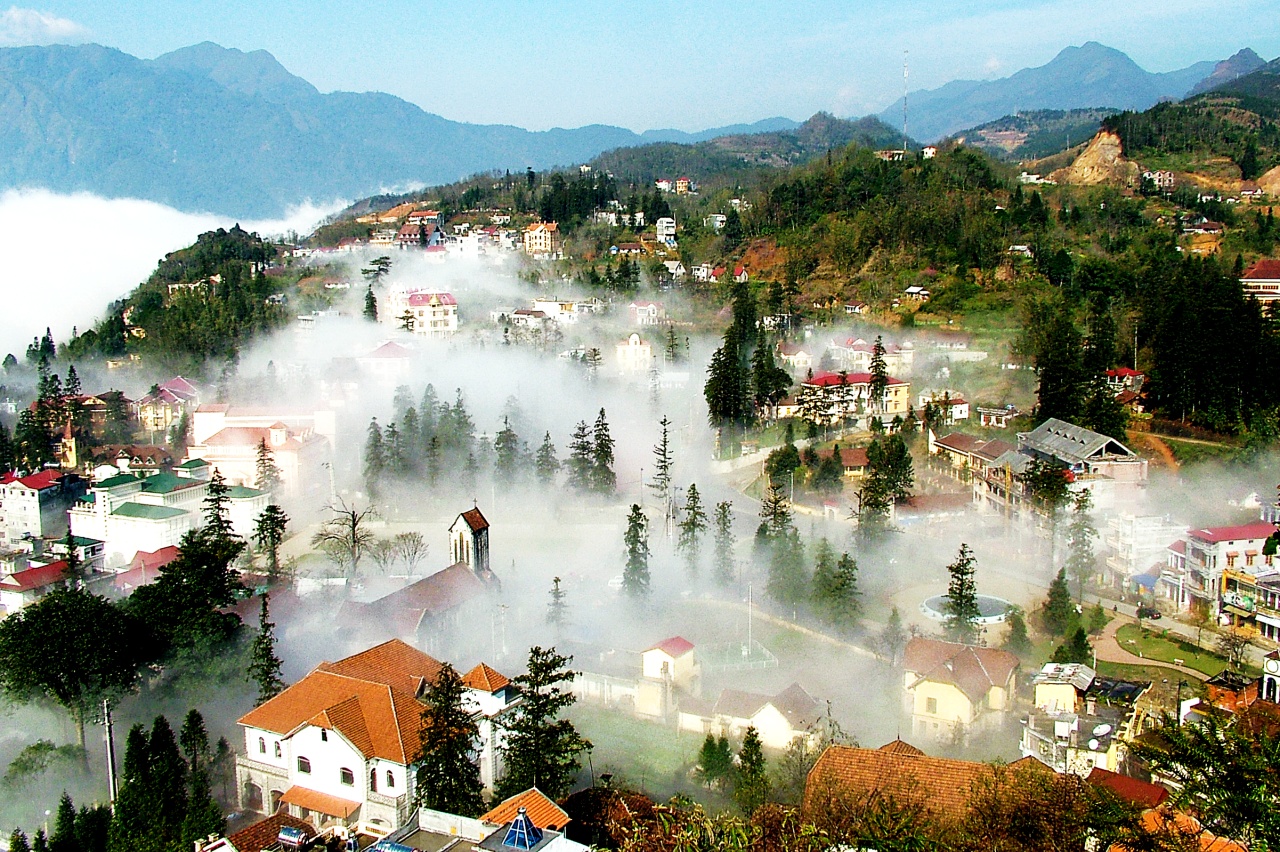
Winter in Sapa
Winter, from December to mid-February, can be quite cold, with temperatures sometimes dropping below freezing, and even occasional snowfall that transforms Sapa into a winter wonderland.
The best time to visit Sapa largely depends on what you wish to experience. For those who love blooming flowers and moderate weather, spring is perfect. If you're fascinated by the golden hues of ripening rice fields, autumn is the best choice.
What’s fun in Sapa? In fact, Sapa enchants visitors with its various distinctive and breathtaking landscapes.
Sapa Town Center is the vibrant heart of the region where you can truly soak in the local atmosphere. Stroll through the town's charming streets and indulge in the local cuisine, which features specialties like grilled pork, pho, and fresh mountain vegetables. The town is also a great place to shop for unique handicrafts and textiles made by the local ethnic minorities. The market area buzzes with activity and provides an authentic taste of Sapa’s lively street life.
Bac Ha Market, located about 80 kilometers from Sapa, is a vibrant cultural hub that operates every Sunday. It’s renowned for its lively ambiance and colorful array of goods. The market is a melting pot of ethnic groups, with H’mong, Tay, and Dao people all converging to trade. Here, you’ll find everything from fresh fruits and vegetables to beautifully crafted textiles and traditional medicines. The market also offers a unique opportunity to interact with local tribes and experience their traditional dress and customs.
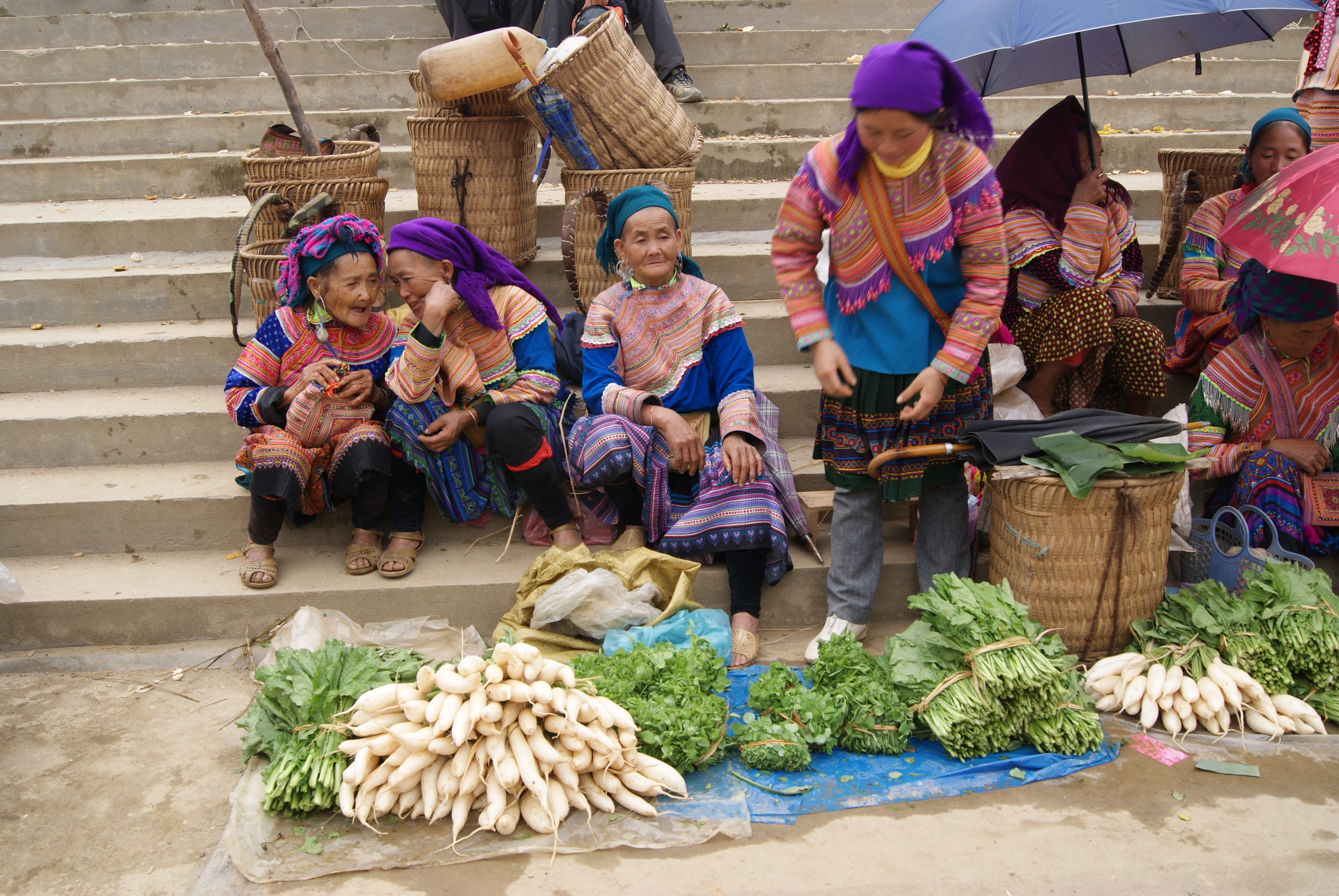
Bac Ha Market
Cat Cat Village, just a short distance from Sapa Town, offers an immersive experience into the traditional H’mong lifestyle. The village is famous for its picturesque terraced fields, traditional stilt houses, and local crafts. Visitors can wander through the narrow, winding streets, visit the scenic Cat Cat Waterfall, and admire the beautiful, handcrafted textiles and embroidery produced by the local people. The village provides a glimpse into the daily life of the H’mong community and their rich cultural heritage.
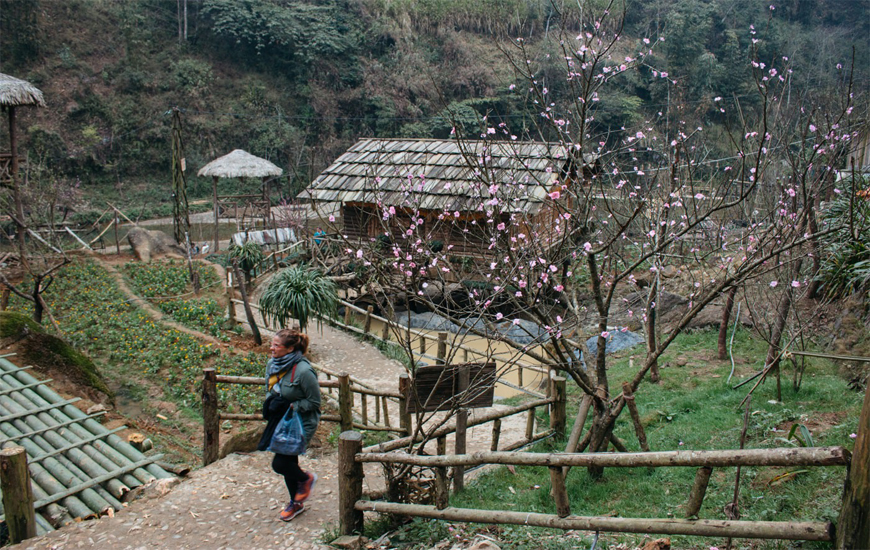
Cat Cat Village
Fansipan, often referred to as the "Roof of Indochina," is the highest peak in Vietnam and Southeast Asia, standing at 3,143 meters. Climbing Fansipan is a challenging but rewarding adventure, offering trekkers stunning views of the surrounding mountains and valleys. The trek can take several days, with options for guided tours that include accommodation and meals. Reaching the summit provides a sense of accomplishment and breathtaking panoramic views of the Sapa landscape below.

Fansipan Mountain
Ta Van Village is a serene escape nestled in the Muong Hoa Valley, surrounded by lush rice terraces and bamboo forests. The village is home to the Dzay ethnic group, known for their warm hospitality and traditional crafts. Visitors can enjoy peaceful walks through the terraced fields, visit traditional wooden houses, and experience local customs. The village offers a tranquil atmosphere and a deeper understanding of rural life in Sapa.
Ta Phin Village, located about 15 kilometers from Sapa, is renowned for its Red Dao ethnic community. The village is famous for its vibrant traditional clothing, intricate embroidery, and the unique Ta Phin Cave. The cave features unusual rock formations and is a popular spot for exploring and photography. The Red Dao women are also known for their traditional herbal medicine, which is an integral part of their culture.
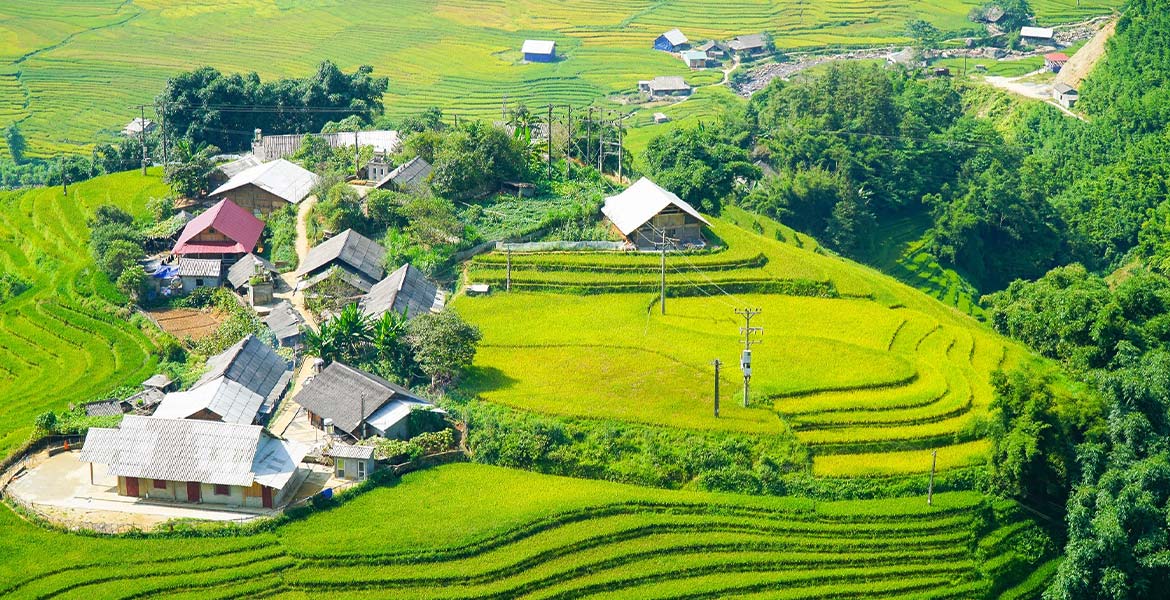
Y Linh Ho
Y Linh Ho Pass is a scenic route that offers breathtaking views of terraced rice fields and towering mountains. Driving or hiking along this pass provides an excellent opportunity to take in the natural beauty of the Sapa region. The pass also provides access to several small ethnic minority villages, where visitors can learn about local traditions and lifestyles.
Tram Ton Pass, also known as the “Heaven’s Gate”, is the highest mountain pass in Vietnam, situated at an altitude of 2,000 meters. The pass is renowned for its dramatic landscapes, including steep valleys, dense forests, and sweeping vistas. It’s a great spot for photography and enjoying the cool, crisp mountain air. The pass provides stunning views of the Hoang Lien Son mountain range and is a popular stop for travelers exploring Sapa.
Muong Hoa Valley is famous for its picturesque landscapes and ancient rock carvings. The valley is dotted with terraced fields and traditional villages, providing a stunning backdrop for hiking and exploration. The rock engravings, which date back thousands of years, depict various symbols and figures, adding a layer of historical intrigue to the valley’s natural beauty.

Muong Hoa Valley
Silver Waterfall, or Thac Bac, is a majestic cascade located about 12 kilometers from Sapa. The waterfall plunges from a height of 200 meters, creating a spectacular sight. The surrounding area is lush and tranquil, making it an ideal spot for a relaxing visit. Visitors can enjoy the cool mist from the waterfall and the serene ambiance of the surrounding nature.
With its own special beauty, Sapa offers a delightful array of activities for every type of traveler.
Local ethnic minorities cultivate rice, meticulously carved into the mountainsides, and create stunning, iconic, and breathtaking rice fields. To be able to clearly feel the flavor of the rice fields, you can visit terraced rice fields in Ma Tra Village & Ta Phin Village where the H'Mong and Red Dao people live. There, you can walk through the terraced rice fields to enjoy the scenery and take great photos.
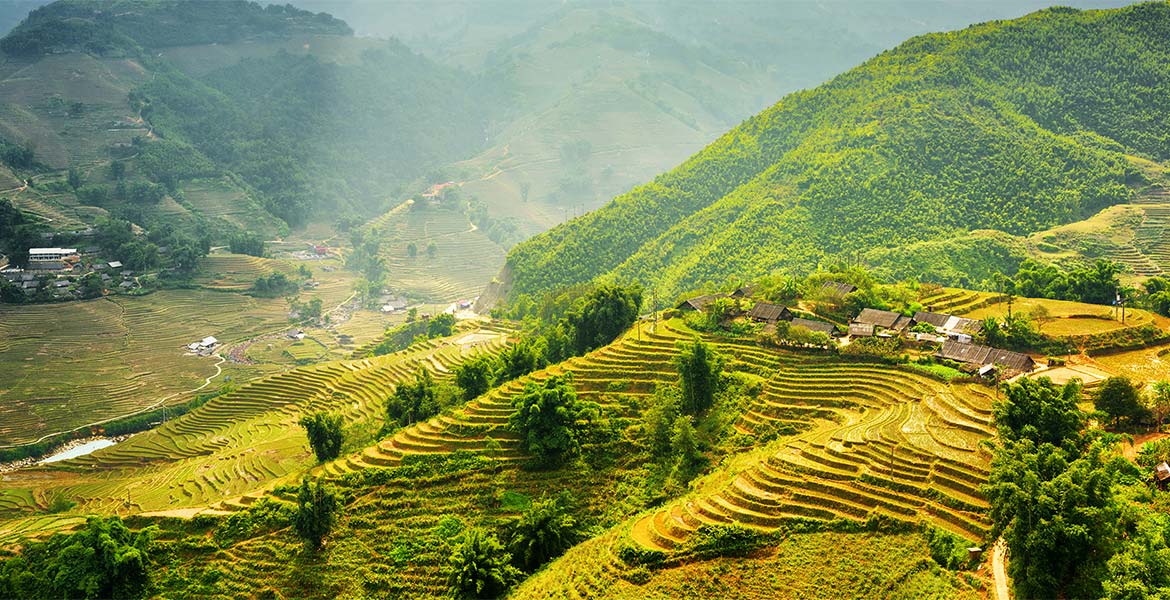
Sapa terraces
Sapa is a residence of the Hmong, Dao, Tay, and Giay. These villages provide a unique cultural experience for travelers. Coming there, you have an opportunity to observe and study about traditional customs, crafts, and ethnic groups' daily life. Moreover, you will be overwhelmed and be interested in the vibrant markets and the colorful traditional clothing.
The Sapa Glass Bridge offers a thrilling and picturesque experience. Suspended high above the valley, it provides panoramic views of the surrounding mountains and valleys, making Sapa a perfect spot for capturing stunning selfies and scenic photos.
Fansipan, the highest peak in Indochina, is a must-visit in Sapa for adventure enthusiasts. The hiking tour in Sapa is challenging, with rugged trails and changing weather conditions, but its reward is immense. To ascend to the summit, you have to pass through lush forests, bamboo groves, and alpine meadows. At the summit, you're greeted with a spectacular 360-degree view of the mountains and valleys below. If your health is not good, you can choose a less strenuous option - the cable car which offers equally stunning vistas as it glides over the lush landscape.
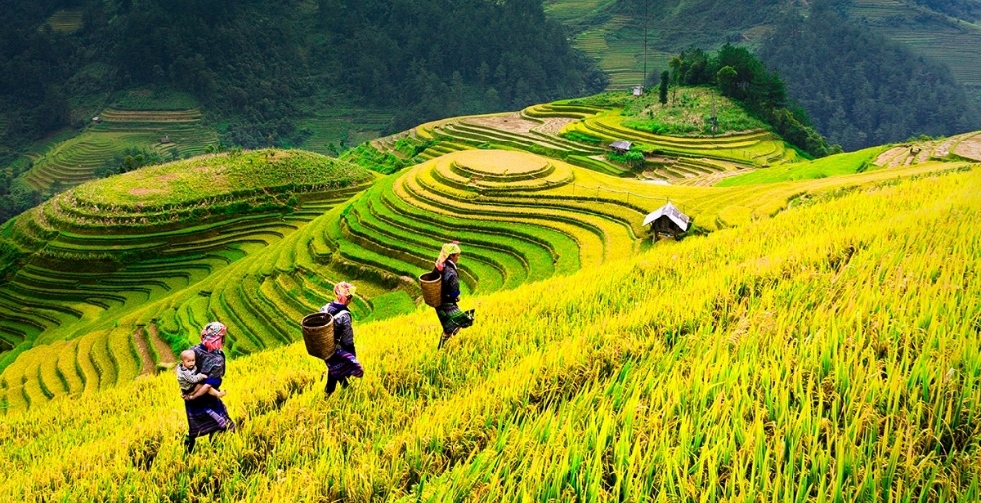
Sapa Golden Rice Terraces
Sapa's diverse terrain makes it a paradise for trekkers. Whether you're a seasoned hiker or a beginner, there's a trail for you. Explore winding paths that lead through terraced fields, across rivers, and into remote villages. Each trek offers unique experiences, from meeting local farmers working in the fields to discovering hidden waterfalls. The fresh mountain air and the sound of nature provide a perfect backdrop for your adventure.
Cycling along quiet mountain roads in Sapa, through serene valleys, and past cascading waterfalls is an interesting way to explore its picturesque landscapes. Stopping to rest in charming villages, you also can interact with locals and learn about their way of life.
For those seeking a bit more thrill, sapa motorbike tour is an excellent way to explore Sapa's winding roads and hidden corners. Riding through mountain passes with sweeping views, you have perfect moments to visit less accessible areas, and enjoy the freedom of setting your own pace.

"Hunt clouds" in Sapa
Sapa is famous for its misty mornings and the phenomenon known as "hunting clouds." Waking up early and heading to one of the high vantage points to watch the clouds roll through the valleys will be a good experience. The sight of mist rising and weaving through the mountains is magical, creating an ethereal, dreamlike landscape that's perfect for photography and quiet contemplation.
Sapa's cool climate is perfect for enjoying hot, sizzling barbecue dishes. You can easily catch and enjoy a variety of grilled delights, from skewered meats and fresh vegetables to exotic mushrooms in Sapa.
The Sapa Mountain Climbing Train offers a unique and scenic route up the slopes of Fansipan. This funicular train takes you through lush forests and terraced fields, providing panoramic views along the way. It's a comfortable and picturesque alternative to hiking, allowing you to enjoy the beauty of Sapa's landscape from a different perspective.
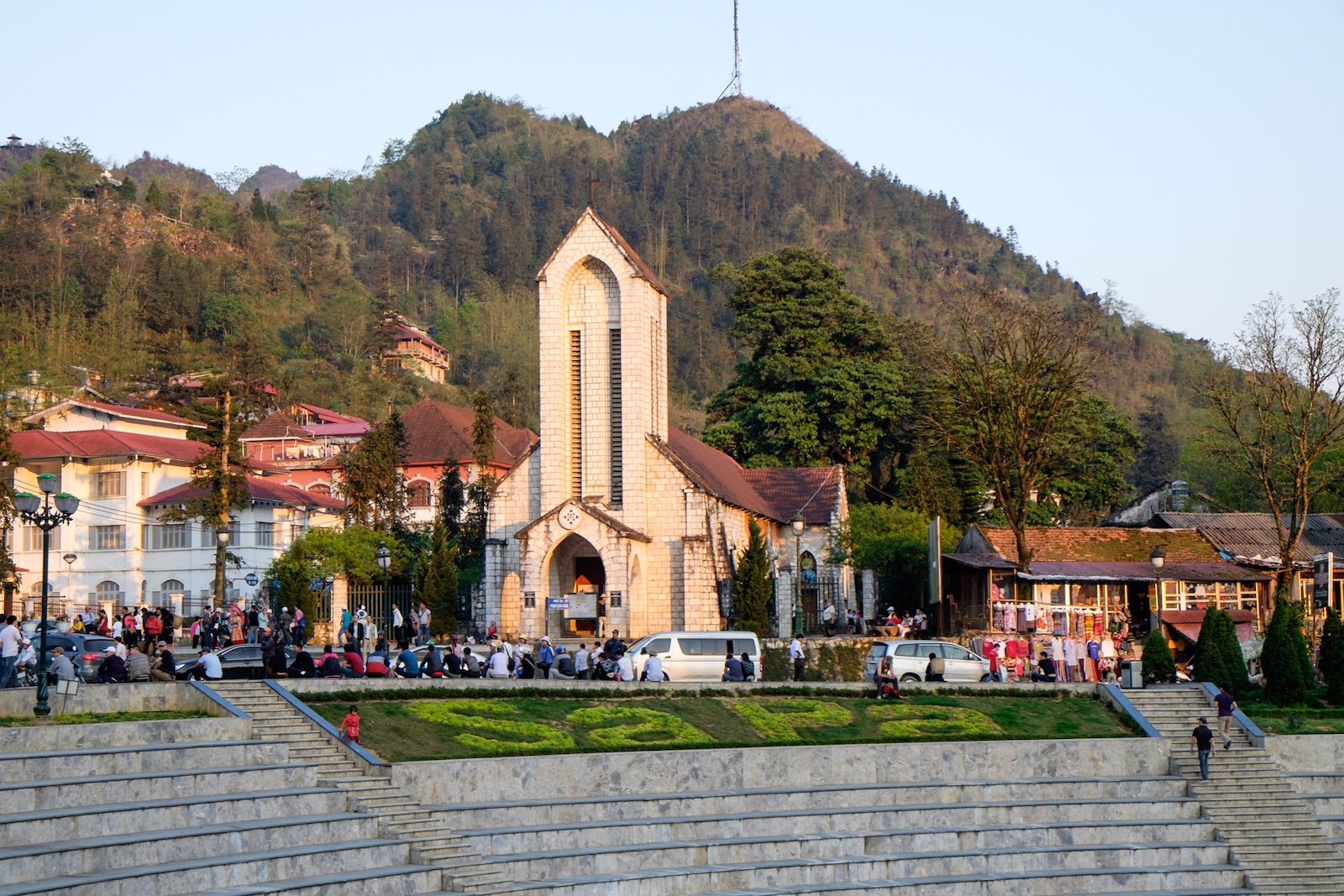
Stone Church in Sapa
The Sapa Stone Church, built by the French in the early 20th century, is a historical and architectural landmark. Its Gothic-style architecture, with a bell tower and stained glass windows, stands in stark contrast to the surrounding natural beauty. The church is not only a place of worship but also a cultural hub where local events and festivals are held, offering insights into the region's history and traditions.
After a long day of trekking, indulging in a traditional Red Dao herbal bath is a relaxing and soothing way to end your day in Sapa. This ancient practice allows you to soak in a wooden tub filled with hot water and a mix of medicinal herbs harvested from the mountains. Besides, this experience also helps to relieve muscle pain, improve circulation, and rejuvenate the body.
With many new roads being formed, traveling from Hanoi to Sapa has become much more convenient and faster than before. To arrive in Sapa, tourists have many options for transportation, such as Train, Bus, Private car, or Motorbike.
Most people enjoying Best Of Sapa Explore tours depart from Hanoi, getting on a train or a bus.
The bus ride clocks in at a brisk 5 to 6 hours. Its cost is the cheapest. However, It’s a real nail-biter for some people who don't like twisty, narrow, and sometimes slippery roads.
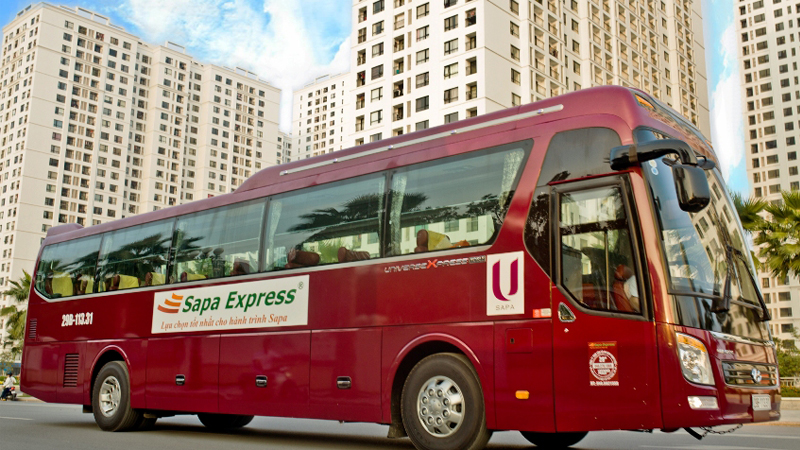
Bus to Sapa
For those who prefer a smoother ride and don't mind the extra time, there's the option of an 8-hour overnight train journey from Hanoi Station to Lao Cai train station. The train offers cozy sleeper cabins, setting the stage for a delightful adventure ahead. If the bus can pick up and drop off at the hotel lobby in Hanoi Old Quarter and Sapa Town, the train can't. You have to book a transfer to move by yourself from the hotel to the station in Hanoi and Sapa.
Once you arrive at Lao Cai train station, it’s just an hour’s drive to reach the charming town of Sapa. Whether you opt for a taxi or head straight to your chosen attraction, the journey promises to be as scenic as the destination itself.
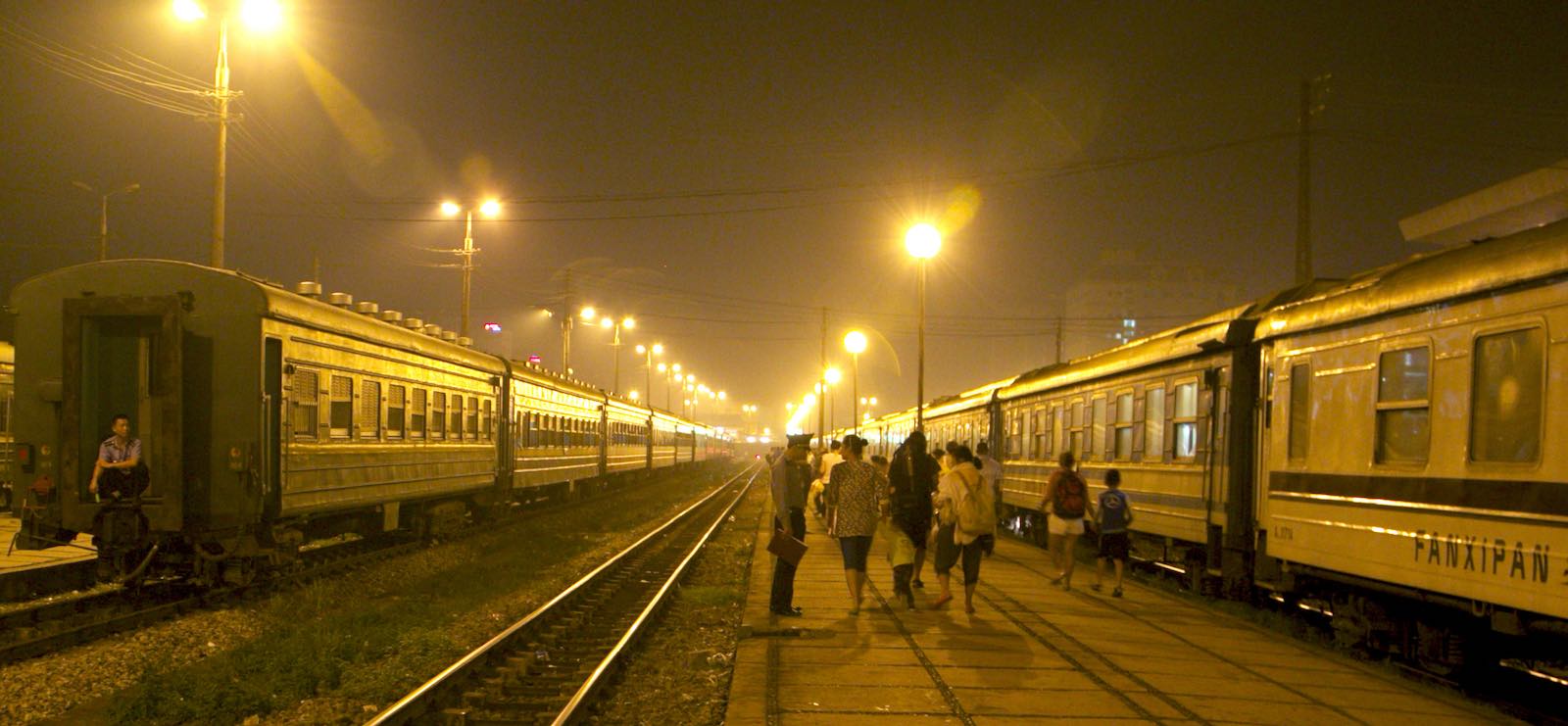
Sapa Train Station in the early morning
So, whether you love spring flowers, autumn colors, or misty mountains, Sapa has something for everyone. In this blog, we've shared Sapa tips for planning your Sapa Tours & Excursions. Hope these help you enjoy your Vietnam tours with Incredible Asia Journeys!